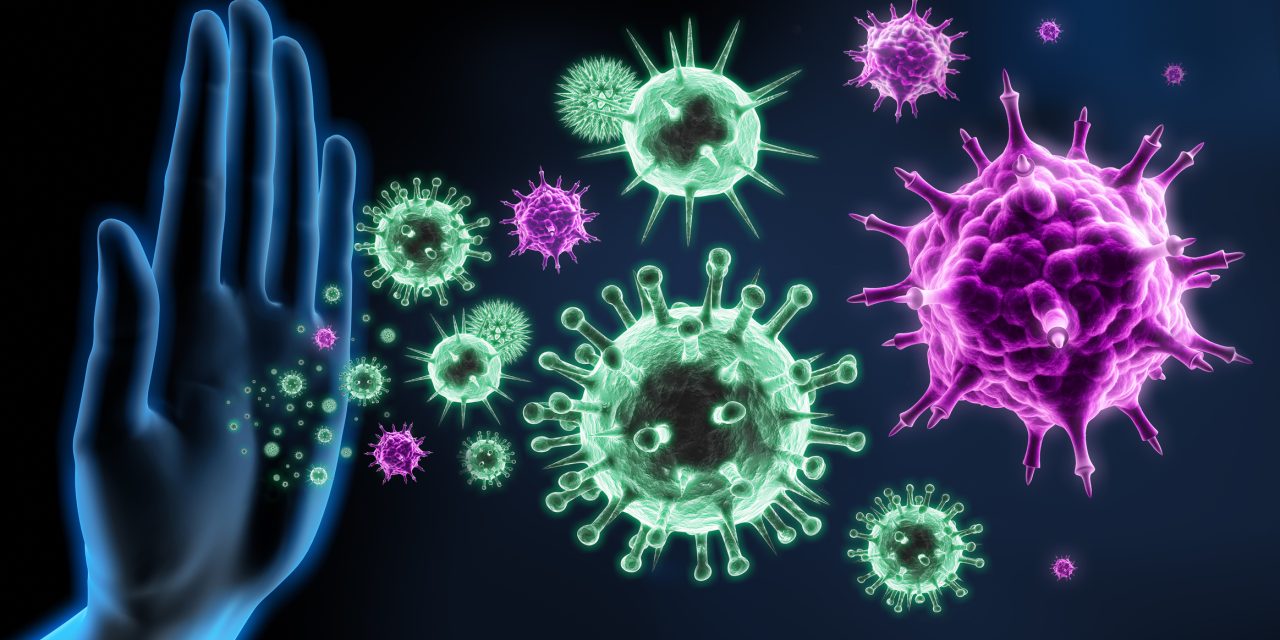The Papillomavirus Rapid Interface for Modelling and Economics (PRIME) has been used around the world to assess the health impact and cost-effectiveness of human papillomavirus (HPV) vaccination in girls. We updated PRIME with new data and methods for demography, disability weights, and cervical cancer burden, and generated revised estimates of the health impact of HPV vaccination at the global, regional, and national levels for 177 countries.
PRIME was updated with population demography of the UN World Population Prospects (UNWPP) 2019 revision, disability weights of the Global Burden of Disease (GBD) 2017 study, and cervical cancer burden from the Global Cancer Incidence, Mortality and Prevalence (GLOBOCAN) 2018 database. We estimated the lifetime health benefits for bivalent or quadrivalent and nonavalent vaccination of 9-year-old and 12-year-old girls at 90% coverage during 2020-29 in 177 countries. Health impact was presented in terms of cervical cancer cases, deaths, or disability-adjusted life-years (DALYs) averted per 1000 vaccinated girls in comparison with the counterfactual scenario of no vaccination, and the number of girls needed to be vaccinated to prevent a single case, death, or DALY.
In estimating the health impact of HPV vaccination of 9-year-old girls, the combined updates to demography, disability weights, cervical cancer burden estimates resulted in a 26% increase in the estimated number of cases averted, a 51% increase in deaths averted, and a 72% increase in DALYs averted per 1000 vaccinated girls for both the bivalent or quadrivalent and nonavalent vaccines, compared with previous estimates. With the updated model, the bivalent or quadrivalent HPV vaccine was estimated to avert 15 cases, 12 deaths, and 243 DALYs per 1000 vaccinated girls, and the nonavalent HPV vaccine was estimated to avert 19 cases, 14 deaths, and 306 DALYs per 1000 vaccinated girls. The health benefits of vaccination of 12-year-old girls were estimated to be similar but slightly decreased in comparison with vaccination of 9-year-old girls.
HPV vaccination provides greater health benefits and is more cost-effective than was previously estimated. The demography update, which incorporates population aging, has the largest effect on the health impact estimates. The WHO African region is expected to gain the greatest health benefits and should be prioritised for HPV vaccination.
Gavi, the Vaccine Alliance; Bill & Melinda Gates Foundation.
Copyright © 2020 The Author(s). Published by Elsevier Ltd. This is an Open Access article under the CC BY 4.0 license. Published by Elsevier Ltd.. All rights reserved.
Effects of updated demography, disability weights, and cervical cancer burden on estimates of human papillomavirus vaccination impact at the global, regional, and national levels: a PRIME modelling study.


